

William Stopford
Every SUV, ute and van discontinued in Australia in 2025
14 Hours Ago

Senior Contributor
Toyota’s hybrid car range accounted for almost one-third of its total sales in Australia last year – an all-time record.
A total of 65,491 Toyota hybrids found homes in 2021, equal to 29.3 per cent of the company total. The majority of Corolla, Camry, Yaris Cross, RAV4 and Kluger models sold were mildly electrified.
If ‘Toyota Hybrid’ were a standalone brand, it would be seventh overall in the market between Mitsubishi (67,732 sales last year) and Nissan (41,263).
This is not really the best illustration, though. Toyota sells no electrified commercial vehicles, so if we stick to purely passenger cars and SUVs, hybrids accounted for 45 per cent of those sales.
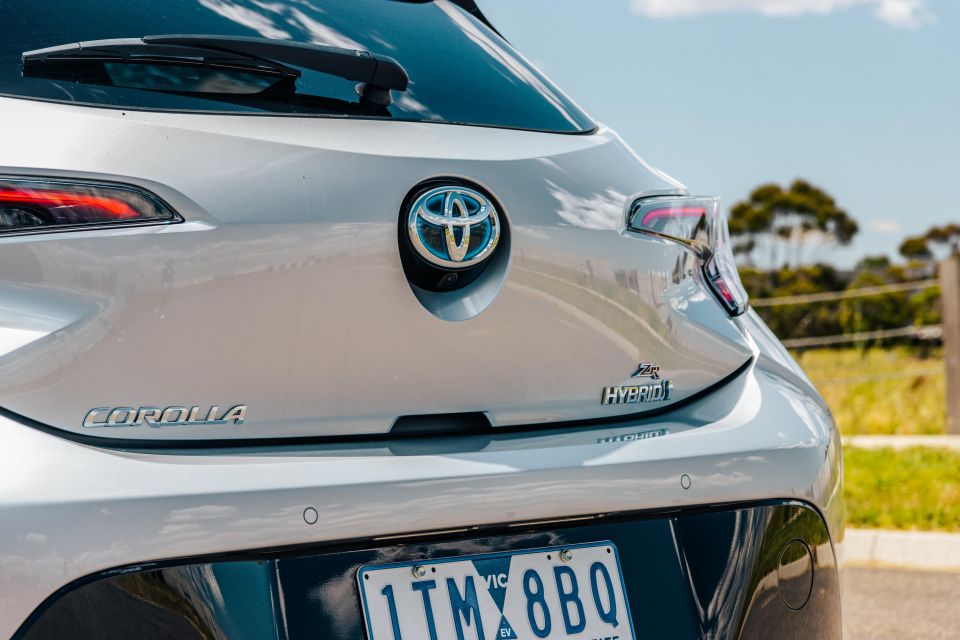
Clearly the average impost of about $2500 over the non-hybrid alternative is justifiable to a growing number people, especially in these times of high fuel prices.
2021 sales performance by model
| MODEL | HYBRID SALES | % OF MODEL TOTAL |
|---|---|---|
| RAV4 | 25,850 | 72% |
| Corolla | 14,657 | 51% |
| Camry | 10,979 | 84% |
| Yaris Cross | 5,052 | 65% |
| Kluger | 4,985 | 53% |
| C-HR | 3,075 | 47% |
| Yaris | 605 | 13% |
| Prius V | 210 | 100% |
| Prius | 77 | 100% |
As the table shows, the top-seller was the RAV4, with almost three-quarters of those sold being the hybrid model. Amazingly, the RAV4 Hybrid alone outsold the total sales of its closest competitor, the full Mazda CX-5 range (24,968).
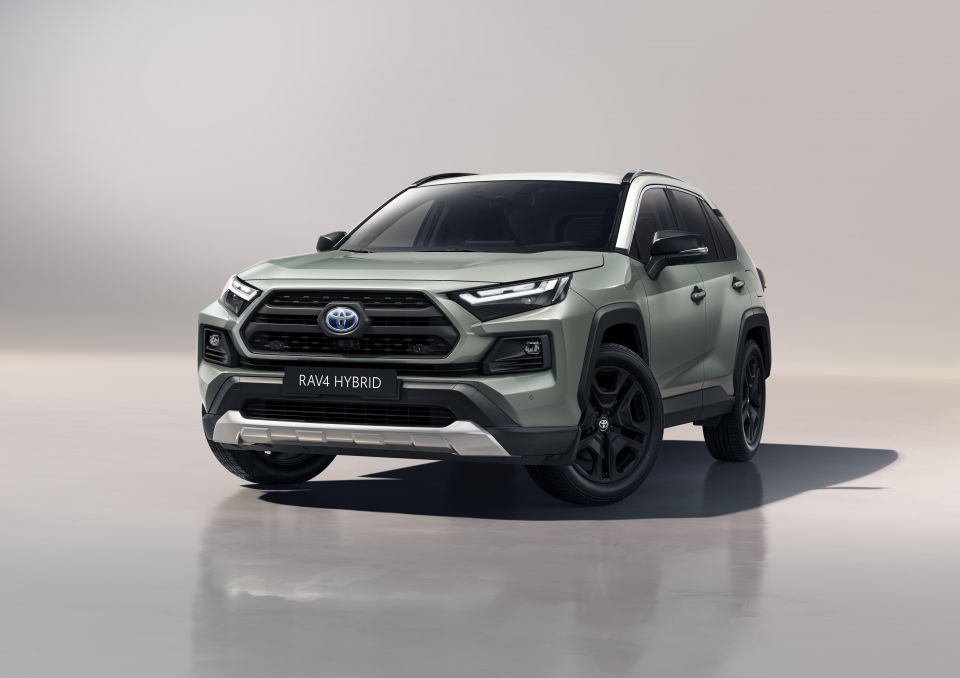
This is made even more remarkable when you consider the average wait time on RAV4 Hybrid is 11-12 months due to ongoing shortages.
Number two was the Corolla, with about half of the grand total being hybrid.
But the top hybrid option by overall share was Camry, with the electrified engine accounting for about 84 per cent of model sales.
“Right now, due to their popularity and record sales in Australia, Toyota HEVs provide a significant benefit in reducing the amount of carbon entering the atmosphere,” said Toyota Australia’s President and CEO Matthew Callachor.
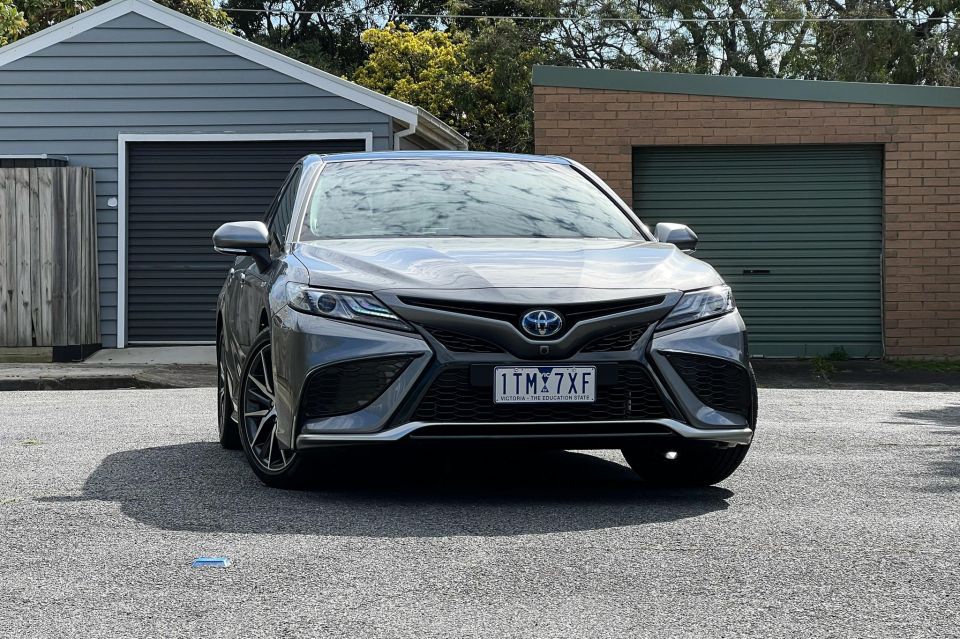
Australian buyers have now bought a cumulative total of 242,272 hybrids since the first Prius was released in 2001. But nearly half of these have been sold in just the past two years, demonstrating an exponential growth in take-up.
While it naturally has a vested interest in saying as much, Toyota claims these 240,000 hybrids have had the same impact on reducing CO2 well-to-wheel as approximately 72,000 BEVs.
Yet the volume of batteries used to produce these hybrid vehicles is the same as you’d need for only 3500 BEVs, because hybrids also use a petrol engine and therefore need only a small battery pack.

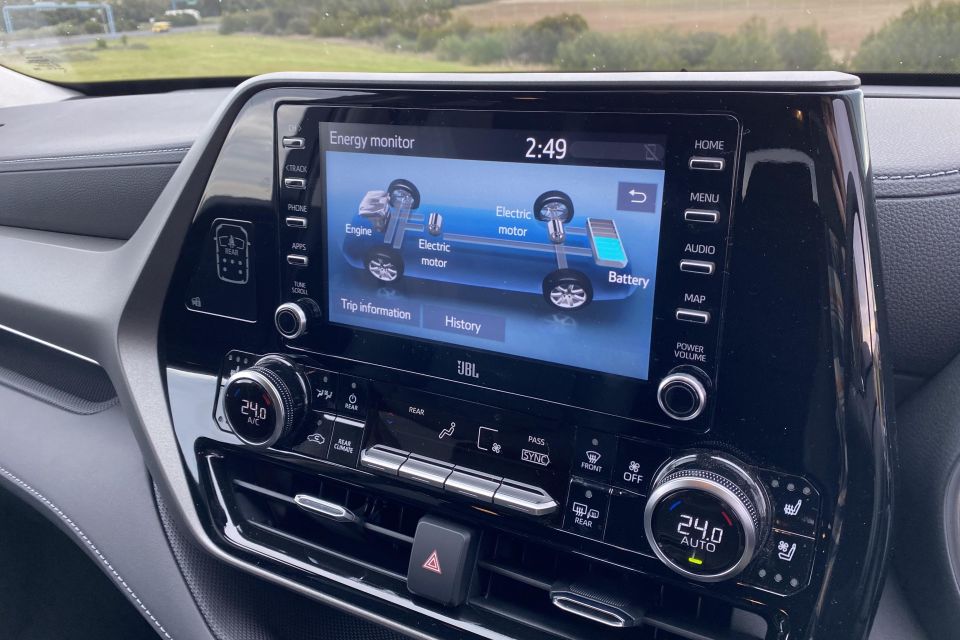
“If you’re recharging a 400km BEV every night for an average round-trip commute of around 40 kilometres, then you’re not getting any carbon-reduction benefit from 90 per cent of the battery cells,” Mr Callachor claimed.
“If we put those unused batteries to use in other electrified vehicles, we could prevent far more carbon from entering the atmosphere.
“We cannot assume that ‘one size fits all’. Even if the best choice for the average person someday becomes a BEV, it will not be the best way for every person to reduce carbon emissions.”
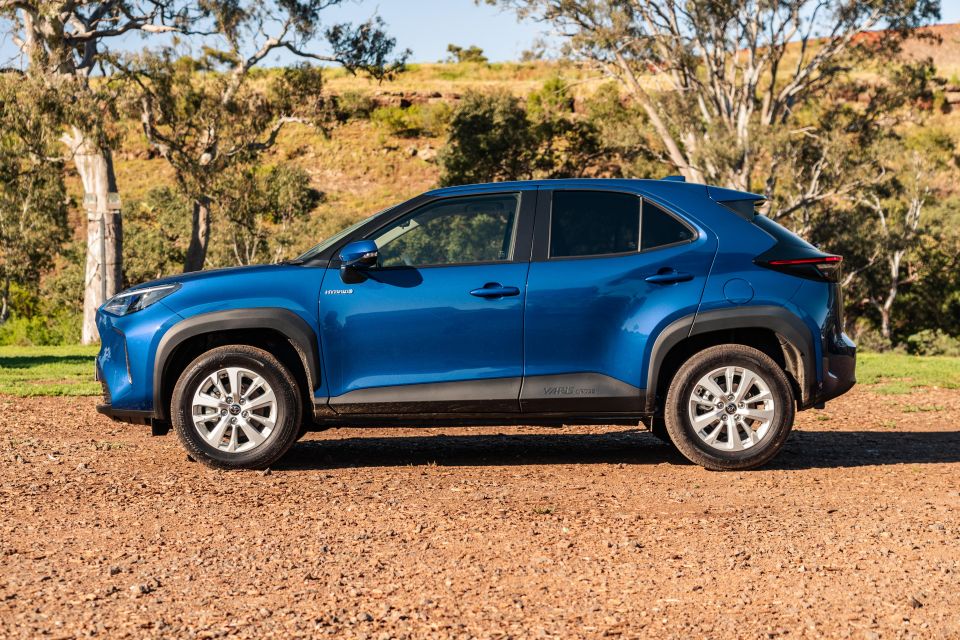
Toyota also sold tens of thousands of V8 LandCruisers last year, so on the 4×4 SUV and light commercial vehicle side it’s actually a fairly big emitter.
Where expert car reviews meet expert car buying – CarExpert gives you trusted advice, personalised service and real savings on your next new car.


William Stopford
14 Hours Ago


Ben Zachariah
15 Hours Ago


Derek Fung
16 Hours Ago


Matt Campbell
22 Hours Ago


William Stopford
2 Days Ago


Josh Nevett
2 Days Ago